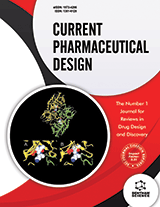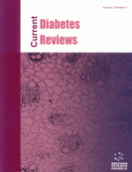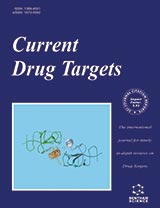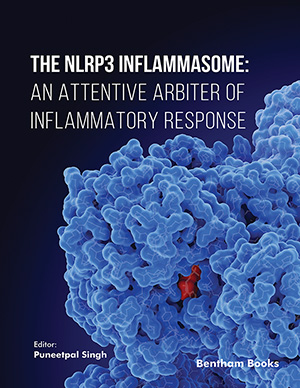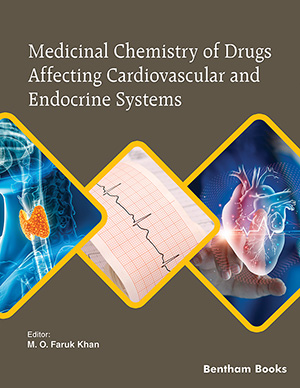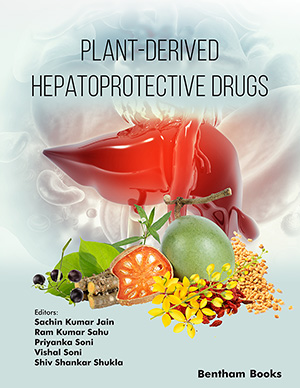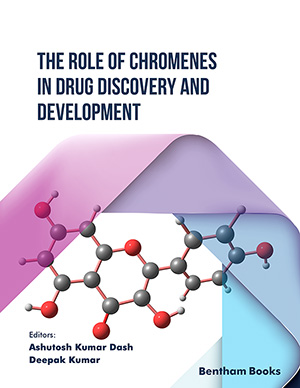Abstract
Alterations in gait and balance are manifest in numerous neurological disorders such as the ataxias and Parkinson's disease, and may occur as a consequence of stroke, traumatic brain injury and chemical insults to the brain. Although the underlying etiology of these disorders differs, disturbances in gait and balance appear to reflect deficits in cholinergic pathways within the brain. During the past 40 years, both clinical case studies and preclinical data have provided evidence that nicotinic cholinergic activation is beneficial for alleviating gait and balance deficits in many disorders. Further, studies indicate that activation of neuronal nicotinic receptors leads to neuroprotective and neurotrophic actions. And yet, despite these findings, there hsas been no concerted effort to develop neuronal nicotinic agonists for the treatment of abnormal gait and balance. The goal of this review is to shed light on the therapeutic benefit of the cholinergic nicotinic system for the treatment of ataxia, and discuss the challenges and limitations associated with developing drugs to treat disorders involving deficits in gait and balance.
Keywords: Ataxias, neuronal nicotinic receptor, varenicline, nicotine, gait, balance.
Current Pharmaceutical Design
Title:Regulation of Gait and Balance: The Underappreciated Role of Neuronal Nicotinic Receptor Agonists
Volume: 22 Issue: 14
Author(s): Michael F. Young and Lynn Wecker
Affiliation:
Keywords: Ataxias, neuronal nicotinic receptor, varenicline, nicotine, gait, balance.
Abstract: Alterations in gait and balance are manifest in numerous neurological disorders such as the ataxias and Parkinson's disease, and may occur as a consequence of stroke, traumatic brain injury and chemical insults to the brain. Although the underlying etiology of these disorders differs, disturbances in gait and balance appear to reflect deficits in cholinergic pathways within the brain. During the past 40 years, both clinical case studies and preclinical data have provided evidence that nicotinic cholinergic activation is beneficial for alleviating gait and balance deficits in many disorders. Further, studies indicate that activation of neuronal nicotinic receptors leads to neuroprotective and neurotrophic actions. And yet, despite these findings, there hsas been no concerted effort to develop neuronal nicotinic agonists for the treatment of abnormal gait and balance. The goal of this review is to shed light on the therapeutic benefit of the cholinergic nicotinic system for the treatment of ataxia, and discuss the challenges and limitations associated with developing drugs to treat disorders involving deficits in gait and balance.
Export Options
About this article
Cite this article as:
Young F. Michael and Wecker Lynn, Regulation of Gait and Balance: The Underappreciated Role of Neuronal Nicotinic Receptor Agonists, Current Pharmaceutical Design 2016; 22 (14) . https://dx.doi.org/10.2174/1381612822666160127111848
| DOI https://dx.doi.org/10.2174/1381612822666160127111848 |
Print ISSN 1381-6128 |
| Publisher Name Bentham Science Publisher |
Online ISSN 1873-4286 |
Call for Papers in Thematic Issues
"Tuberculosis Prevention, Diagnosis and Drug Discovery"
The Nobel Prize-winning discoveries of Mycobacterium tuberculosis and streptomycin have enabled an appropriate diagnosis and an effective treatment of tuberculosis (TB). Since then, many newer diagnosis methods and drugs have been saving millions of lives. Despite advances in the past, TB is still a leading cause of infectious disease mortality ...read more
Current Pharmaceutical challenges in the treatment and diagnosis of neurological dysfunctions
Neurological dysfunctions (MND, ALS, MS, PD, AD, HD, ALS, Autism, OCD etc..) present significant challenges in both diagnosis and treatment, often necessitating innovative approaches and therapeutic interventions. This thematic issue aims to explore the current pharmaceutical landscape surrounding neurological disorders, shedding light on the challenges faced by researchers, clinicians, and ...read more
Emerging and re-emerging diseases
Faced with a possible endemic situation of COVID-19, the world has experienced two important phenomena, the emergence of new infectious diseases and/or the resurgence of previously eradicated infectious diseases. Furthermore, the geographic distribution of such diseases has also undergone changes. This context, in turn, may have a strong relationship with ...read more
Melanoma and Non-Melanoma Skin Cancer Treatment: Standard of Care and Recent Advances
In this thematic issue, we aim to provide a standard of care of the diagnosis and treatment of melanoma and non-melanoma skin cancer. The editor will invite authors from different countries who will write review articles of melanoma and non-melanoma skin cancers. The Diagnosis, Staging, Surgical Treatment, Non-Surgical Treatment all ...read more
 49
49 2
2 1
1
- Author Guidelines
- Graphical Abstracts
- Fabricating and Stating False Information
- Research Misconduct
- Post Publication Discussions and Corrections
- Publishing Ethics and Rectitude
- Increase Visibility of Your Article
- Archiving Policies
- Peer Review Workflow
- Order Your Article Before Print
- Promote Your Article
- Manuscript Transfer Facility
- Editorial Policies
- Allegations from Whistleblowers
- Announcements
Related Articles
-
Insulin Growth Factor-I Promotes Functional Recovery After a Focal Lesion in the Dentate Gyrus
CNS & Neurological Disorders - Drug Targets Relationship Between Oxidative Stress, Tau Level and Antioxidant Mechanisms of the KEAP-1/NRF-2/HO-1 in Children with Hydrocephalus
Anti-Inflammatory & Anti-Allergy Agents in Medicinal Chemistry Pharmaconutrition with Omega-3 Fatty Acids: Status Quo and Further Perspectives
Mini-Reviews in Medicinal Chemistry Molecular Mechanisms and Pathophysiology of Necrotic Cell Death
Current Molecular Medicine Editorial [Hot Topic: Stem Cells and Tissue Regeneration (Executive Guest Editor: Roberta Di Pietro)]
Current Pharmaceutical Design Patent Selections:
Recent Patents on Inflammation & Allergy Drug Discovery Surgical Treatment of the Sleep Apnea Syndrome in the Twenty-First Century
Current Respiratory Medicine Reviews Immune-Neuroendocrine Interactions Involving Thymus and Pineal Gland in Stem Cell Therapy of Age-Related Diseases
Immunology, Endocrine & Metabolic Agents in Medicinal Chemistry (Discontinued) The Anti-Inflammatory Role of Minocycline in Alzheimer´s Disease
Current Alzheimer Research Pharmacological Manipulation of Neural Progenitor Pathways In Situ: Possibilities for Neural Restoration in the Injured Adult Brain
Current Medicinal Chemistry - Central Nervous System Agents Targeting Gender Difference in the Introduction of New Drugs for Diabetes Mellitus and Metabolic Disorders
Recent Patents on Endocrine, Metabolic & Immune Drug Discovery Microaspiration in Intubated Critically Ill Patients: Diagnosis and Prevention
Infectious Disorders - Drug Targets Vascular Endothelial Growth Factor: Adaptive Changes in the Neuroglialvascular Unit
Current Neurovascular Research Basic and Clinical Aspects of Gene Therapy for Retinopathy Induced by Diabetes
Current Gene Therapy MRI of Central Nervous System (CNS) Vasculitis
Current Medical Imaging Imidazoline Receptor Agonists for Managing Hypertension May Hold Promise for Treatment of Intracerebral Hemorrhage
Current Molecular Medicine Prostaglandins and Cyclooxygenases in Glial Cells During Brain Inflammation
Current Drug Targets - Inflammation & Allergy The Etiology of Hypertension in the Metabolic Syndrome Part Three: The Regulation and Dysregulation of Blood Pressure
Current Vascular Pharmacology Microcirculatory Endothelial Dysfunction During Endotoxemia - Insights into Pathophysiology, Pathologic Mechanisms and Clinical Relevance
Current Vascular Pharmacology Erythropoietin: Cytoprotection in Vascular and Neuronal Cells
Current Drug Targets - Cardiovascular & Hematological Disorders


